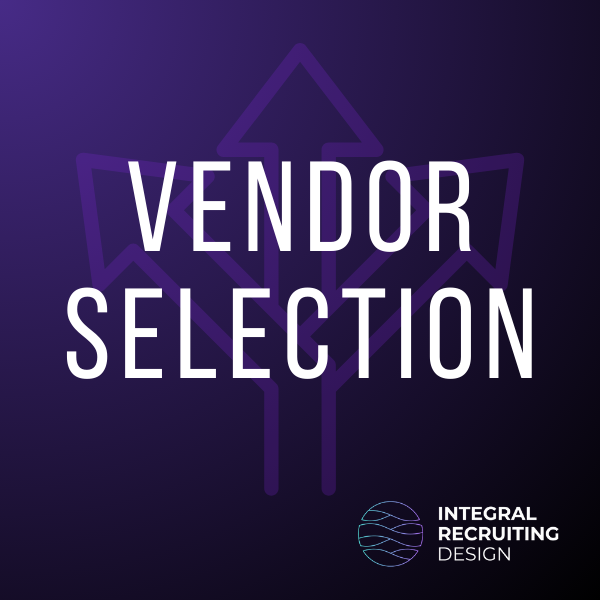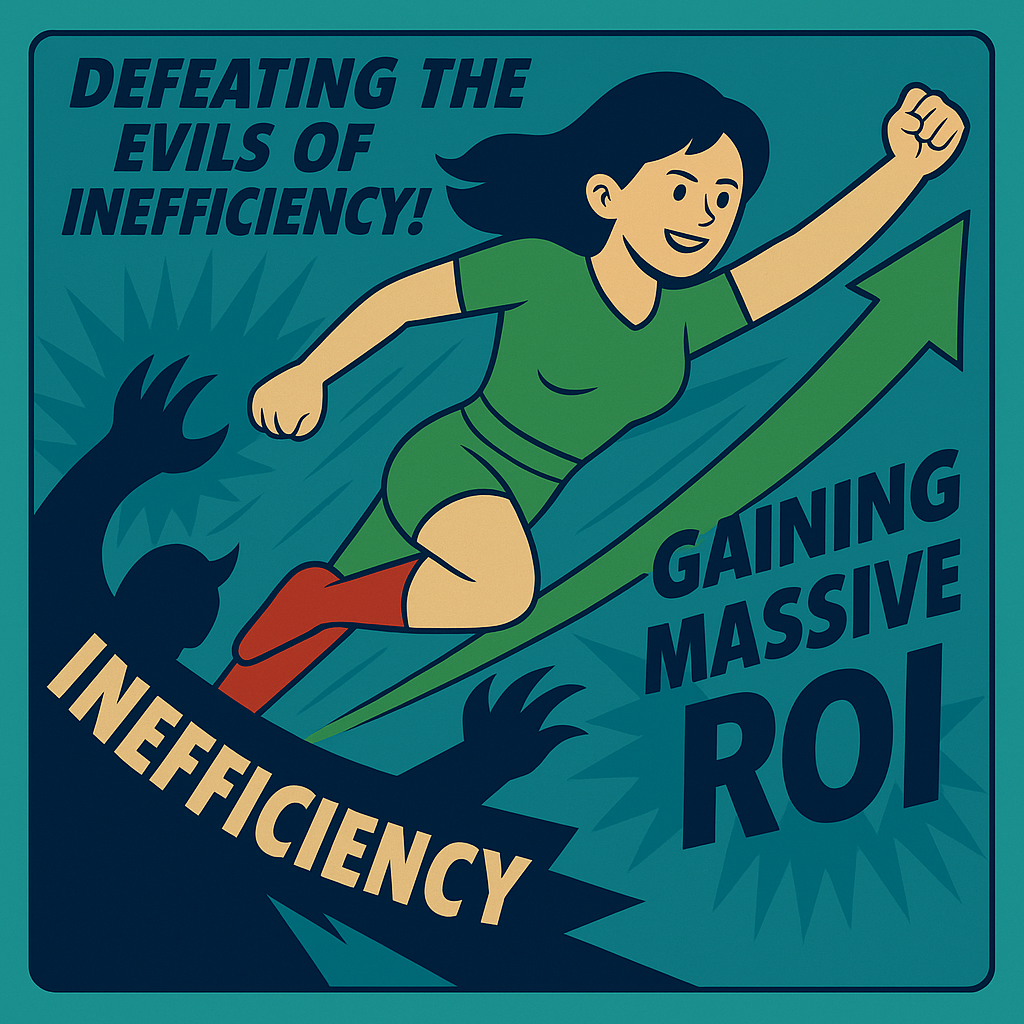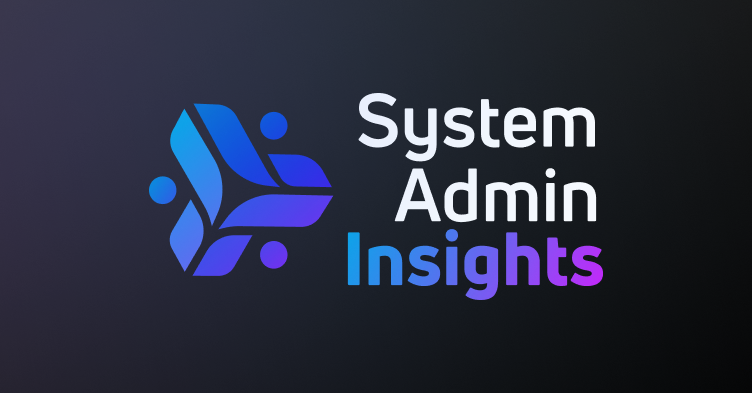When I walk into a kickoff meeting with a new client, I can often predict how smoothly their iCIMS implementation will go within the first 15 minutes. It’s not because I have a crystal ball — it’s because the groundwork laid before that first meeting is the single greatest predictor of implementation success.
After guiding hundreds of organizations through this journey, I’ve seen firsthand how the pre-implementation phase can make or break your entire project. In fact, McKinsey & Company research shows organizations with clear documentation of their current processes are 2.3 times more likely to come in on or under budget with their IT implementations.
The Hidden Costs of Skipping the Groundwork
I remember working with a large healthcare company that was eager to fast-track their implementation. “We know what we want,” their CHRO assured me. “Let’s just get it done quickly.”
The first conversation I had with the TA team included statements like, “Well, I’m not sure where we get the data for the job details from,” and “That process lives in a folder on our OneDrive saved in several Word documents that we all edit as needed.”
Six months later, we were essentially starting over — after significant budget overruns and team burnout.
What happened? They skipped the crucial step of truly understanding their current recruitment ecosystem.
This scenario plays out with alarming frequency. Organizations, eager to solve visible pain points, rush toward solutions without fully mapping their existing landscape. It’s like trying to get from Chicago to San Francisco without looking at a map. The result is predictable: configurations that don’t match real workflows, frustrated users, and systems that create as many problems as they solve.
The Psychology of Process Mapping
There’s something almost therapeutic about properly documenting your current recruitment process. It forces honest conversations about what’s actually happening versus what’s supposed to be happening. This gap between the official process and daily reality is where implementation gold is hidden.
In workshops with clients, we often use a technique I call “process confession.” We ask recruiters and hiring managers to anonymously share their workarounds and unofficial processes. The results are always enlightening and occasionally shocking:
- The hiring manager who created a shadow tracking system in Excel because they couldn’t get visibility in iCIMS
- The recruiter who built a personal email sequence outside the system because the built-in templates weren’t customizable
- The coordinator who manually transfers data between systems because the promised integration never quite worked right — and they spent more time fixing the outcome than it took them to do it manually
- The recruiter who documents offer PayScale tables in a spreadsheet because the compensation data on the job is not reliable
These aren’t just anecdotes — they’re invaluable clues about what your new system needs to address.
Journey Mapping Exercise
Before you schedule that implementation kickoff, I strongly recommend conducting a comprehensive journey mapping exercise. Gather representatives from every role in your hiring process:
- Recruiters and sourcing specialists
- Hiring managers
- Interview coordinators
- Candidates (yes, even candidates!)
- HR generalists who support the process
- Executives involved in key approvals
- Onboarding specialists who receive the handoff
Using a large whiteboard or digital collaboration tool, map the entire journey from the moment someone thinks, “We need to hire a person,” through the candidate’s first day. Use different colored sticky notes to indicate:
- Pain points and bottlenecks (red)
- Manual workarounds (yellow)
- Compliance checkpoints (blue)
- Moments that matter for candidate experience (green)
This visual representation becomes incredibly powerful during an iCIMS implementation. It helps prioritize what matters most and ensures you’re solving real problems — not just configuring features.
You can turn this into a Visio document to aid in the implementation flow design, or just take a photo of it and share it with the team like one of my clients did. It doesn’t have to be a painful exercise that makes more work. The point is to have a clear plan in the end so you save yourself pain on the journey.
Metrics That Tell the Truth
Another crucial pre-implementation step is gathering honest metrics about your current recruitment process. Look beyond the standard time-to-fill and cost-per-hire figures to metrics that reveal system health. Here are a few other metrics to be aware of:
- How many requisitions are currently “on hold” and why?
- What percentage of offers are declined, and at what stage do most candidates withdraw?
- How many steps does a typical approval process require?
- What’s the average time from application to first contact?
- How consistently are your hiring managers providing feedback?
- What percentage of hires come from which sources?
- How many candidates are sitting in workflows of closed reqs who are not dispositioned?
These metrics establish your baseline and help you set realistic goals for your iCIMS configuration. They also highlight where your current process is breaking down.
Questions Over Answers
The pre-implementation phase should be dominated by questions, not answers. I’ve developed a set of probing questions that consistently uncover valuable insights:
- “If you could change just one thing about how we hire, what would it be?”
- “Where do you spend most of your time in the current system?”
- “What information do you struggle to find quickly?”
- “Which reports do you run most often, and what decisions do they inform?”
- “How do candidates describe their experience with our process?”
- “What’s the most common complaint from hiring managers?”
- “Where do you find yourself apologizing about the process?”
The answers often reveal priorities that differ dramatically from executive assumptions about what matters most.
The Process Archetype Analysis
One approach we’ve found particularly helpful is identifying your organization’s “process archetype.” Most companies fall into one of several patterns:
- High-Volume / Low-Complexity: Hiring large numbers for standardized roles (retail, call centers, warehouse)
- Low-Volume / High-Complexity: Specialized, senior hires with extensive evaluation (executive search, technical roles)
- Compliance-Driven: Regulatory requirements drive the process (government, healthcare, financial services)
- Culture-Centric: Cultural fit assessment is paramount (startups, values-based companies)
- Hybrid / Matrix: Multiple hiring models under one roof (conglomerates, diversified businesses)
Knowing your archetype helps frame iCIMS implementation priorities and identify which best practices will translate most effectively to your environment.
Setting the Stage for Success
The diligence applied during this pre-implementation phase pays enormous dividends throughout the project. Organizations that invest here experience:
- Implementations that finish on time and within budget
- Higher user adoption rates from day one
- Fewer post-launch configuration changes
- More positive candidate feedback
- Faster time-to-value on their iCIMS investment
In my next article, I’ll dive into gathering and prioritizing your requirements — a process where even seasoned HR leaders often miss crucial considerations. I’ll explain why the standard “requirements gathering” approach fails, and offer a more effective alternative focused on outcomes rather than features.
Until then, I’m curious:
What has been your biggest challenge in documenting your current recruitment processes?
What unofficial workarounds have you discovered that actually solved important problems?
And if you’ve been through an iCIMS implementation before, what do you wish you had documented better beforehand?




